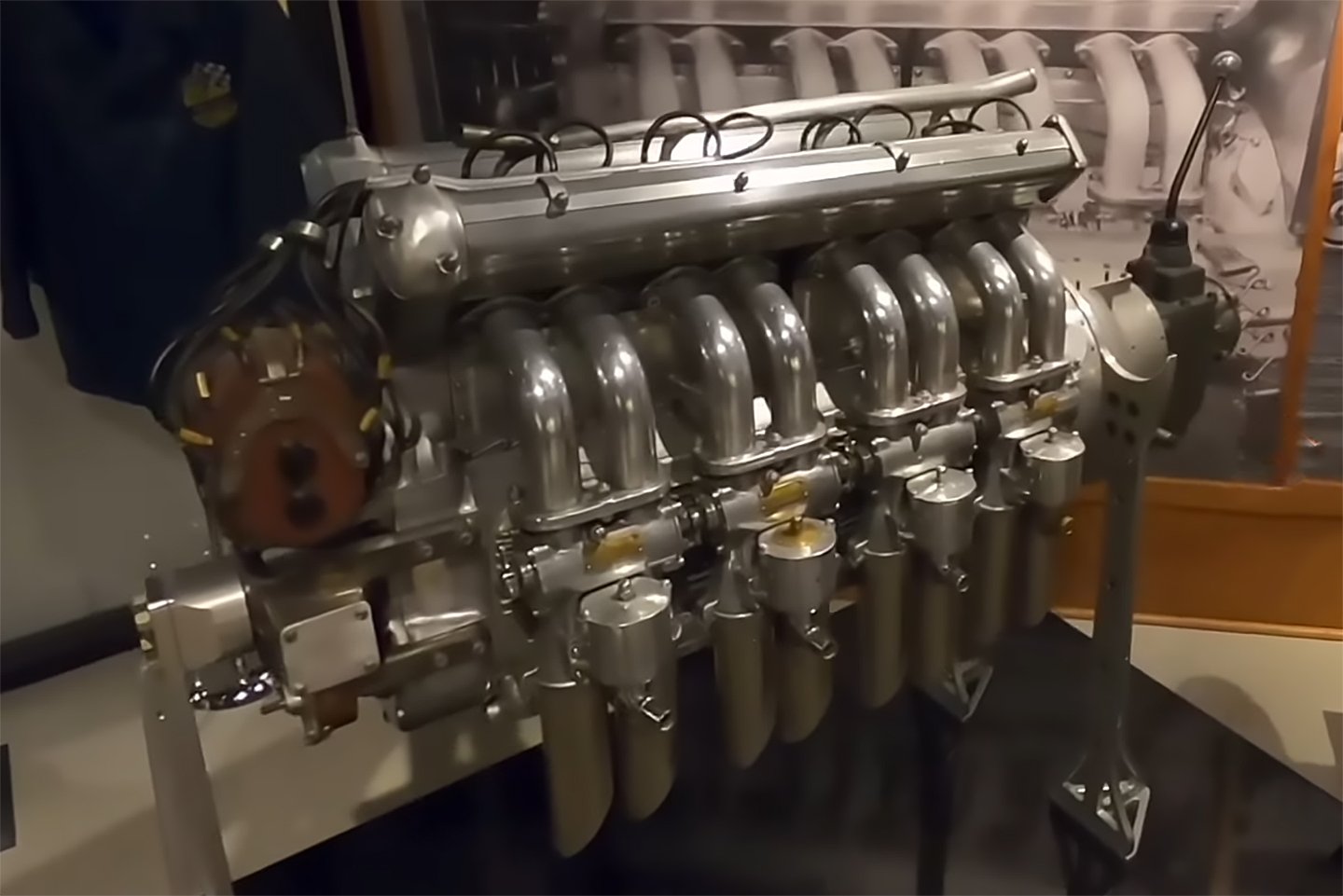Audi set their sights on efficiency during the development cycle for this all-new 2.0-liter TFSI (turbo fuel stratified injection) engine slated for production in the all-new 2016 A4. TFSI engines use a turbocharger and direct fuel injection straight into the combustion chamber just prior to ignition, which allows for the use of higher compression ratios and leaner air/fuel mixtures that traditional fuel-injected engines.
The new engine takes these concepts a step further, by “rightsizing” the engine for the vehicle platform.
“Rightsizing thus involves the optimal interplay of vehicle class, displacement, output, torque and efficiency characteristics under everyday conditions. Our new 2.0 TFSI is a prime example of Vorsprung durch Technik,” says Prof. Dr. Ulrich Hackenberg, Member of the Board of Management for Technical Development at AUDI AG. Vorsprung durch Technik roughly translates to “advancement through technology” and is Audi’s guiding principle.
The new combustion method Audi is using in this platform bears close relationship to the Miller cycle, yet has been further developed to provide 190 horsepower and 236 pound-feet of torque across a wide rpm range – 1,450 rpm through 4,400 rpm to provide usable power.
Technology in detail:
- The intake time has been significantly shortened (140° crank angle (CA) rather than 190 to 200° CA).
- Owing to a higher boost pressure on the inlet side, the engine attains optimal cylinder charges despite the shorter intake time.
- The intake valve also closes earlier – well before the bottom dead center is reached. This lowers the medium pressure, allowing a high, efficiency-boosting compression ratio.
- In the partial load range, an additional injection upstream from the intake valve yields an efficient mixture formation that is already complemented by the direct injection in the intake manifold and in the combustion chamber.
- The Audi Valvelift System (AVS) on the inlet side allows a short intake time at partial load and a longer time at higher loads (full load: 170° CA).
An added benefit to the engine’s design is its fuel efficiency; Audi claims that it will achieve 47 mpg, while retaining light overall weight at approximately 308 pounds. Efficiency is also improved through the use of controlled coolant flow to shorten warm-up times, and low-friction 0W-20 engine oil.


















